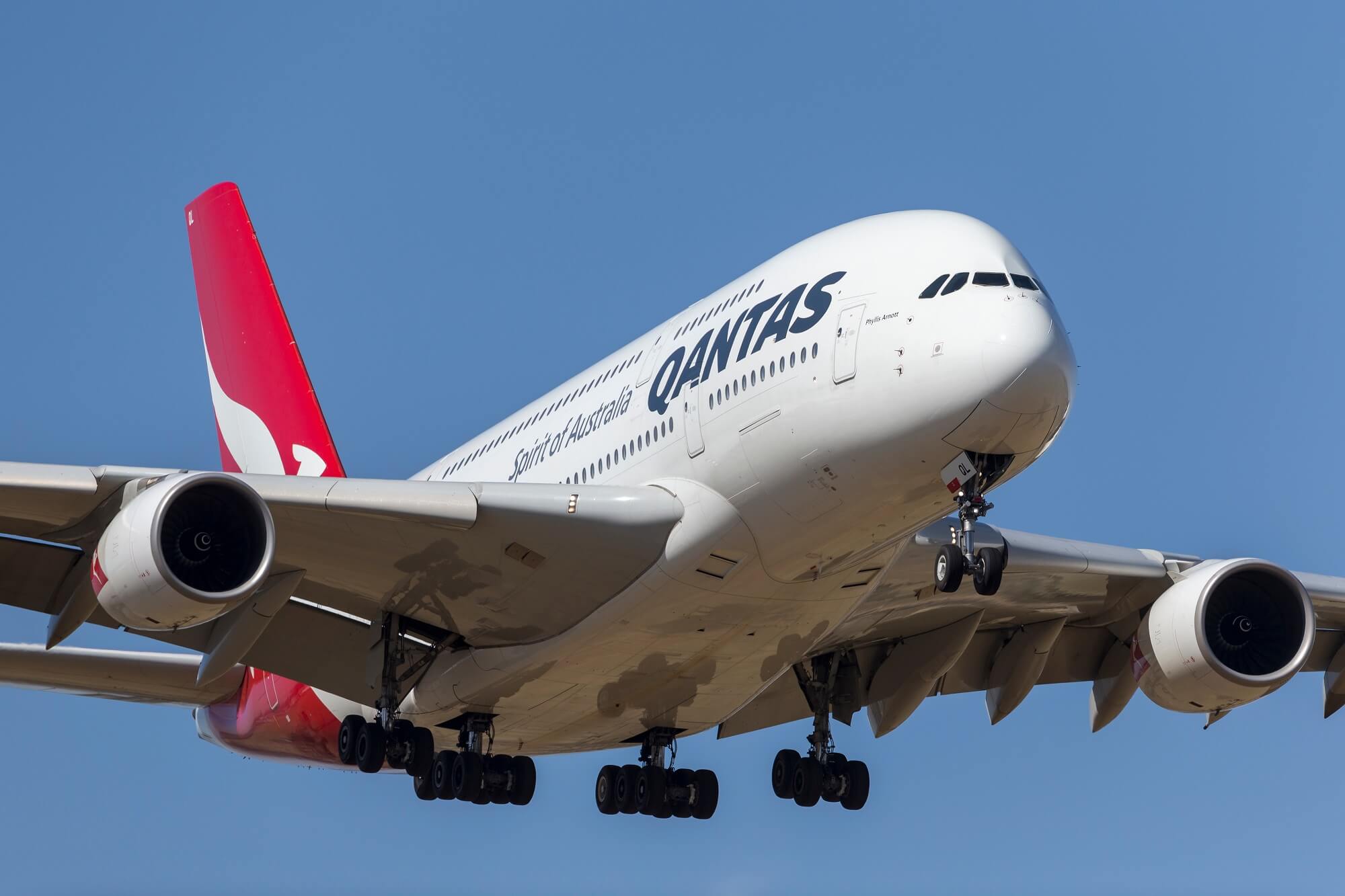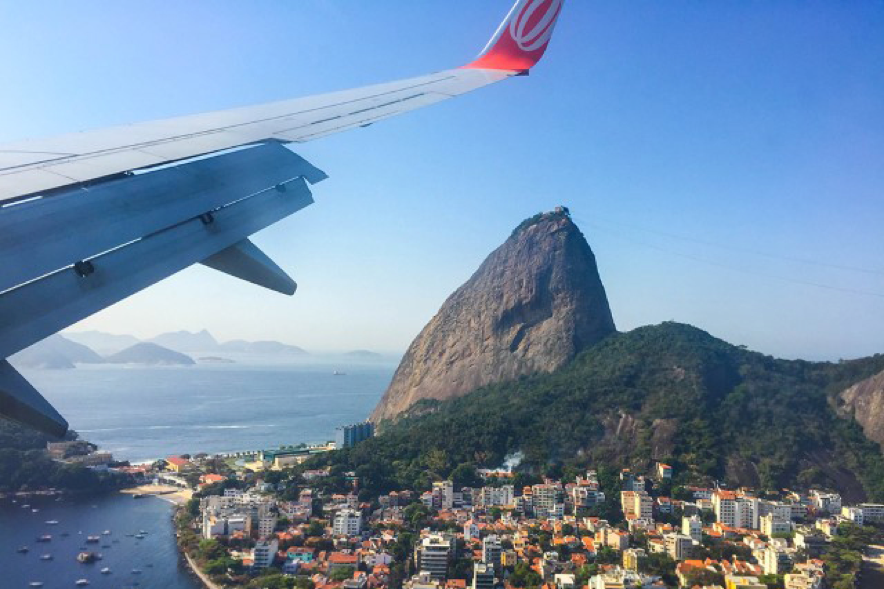Passenger Plane Models and Operations: Passenger Plane Brazil

Brazil’s vast geographical expanse and robust economy necessitate a diverse fleet of passenger planes to connect its cities and regions. This section explores the different models of passenger planes used in Brazil, compares their features and capabilities, and examines the role of these aircraft in connecting the country’s diverse landscapes.
Types of Passenger Planes in Brazil
The Brazilian aviation market utilizes a wide array of passenger planes, catering to various needs and routes.
- Narrow-body aircraft: These planes, like the Boeing 737 and Airbus A320 families, are commonly used for domestic flights and short-haul international routes. They are known for their fuel efficiency and capacity to carry a large number of passengers. Examples include the Boeing 737-800, which can accommodate up to 189 passengers, and the Airbus A320neo, capable of carrying 180 passengers.
- Wide-body aircraft: These larger planes, such as the Boeing 777 and Airbus A330, are primarily used for long-haul international flights. They offer greater passenger capacity, luxurious amenities, and longer ranges, making them ideal for transatlantic and transpacific routes. For instance, the Boeing 777-300ER can accommodate up to 396 passengers and has a range of over 7,000 nautical miles, while the Airbus A330-200 can carry up to 295 passengers and boasts a range of 7,400 nautical miles.
- Regional jets: These smaller aircraft, such as the Embraer E175 and ATR 72, are often used for regional flights connecting smaller cities and airports. They offer flexibility and cost-effectiveness for shorter routes. The Embraer E175 can accommodate up to 88 passengers, while the ATR 72 can carry 72 passengers.
Features and Capabilities of Passenger Planes
The diverse models of passenger planes used in Brazil offer a range of features and capabilities, tailored to meet specific route requirements and passenger demands.
- Passenger capacity: Passenger planes vary significantly in their capacity, ranging from regional jets carrying a few dozen passengers to wide-body aircraft accommodating hundreds. This diversity allows airlines to optimize their fleet for different routes and passenger demand.
- Range: The distance a plane can travel without refueling is crucial for long-haul flights. Wide-body aircraft, with their larger fuel tanks and efficient engines, have significantly longer ranges than narrow-body aircraft or regional jets. This allows them to connect distant cities and continents.
- Fuel efficiency: As fuel costs represent a significant portion of airline expenses, fuel efficiency is a critical factor in aircraft design. Modern passenger planes, particularly those with newer engines and aerodynamic designs, are highly fuel-efficient, reducing operating costs and environmental impact.
- Comfort and amenities: Passenger comfort is a key factor in the airline industry. Modern passenger planes offer various amenities, including spacious seats, in-flight entertainment systems, and Wi-Fi connectivity, enhancing the travel experience for passengers.
Major Airlines Operating in Brazil
Brazil’s aviation industry is dominated by a few major airlines, each with its unique fleet composition and operational focus.
- GOL Linhas Aéreas Inteligentes: One of the largest airlines in Brazil, GOL operates a fleet primarily composed of Boeing 737 aircraft, catering to domestic and short-haul international routes. Its fleet includes both older and newer models of the Boeing 737, including the 737-800 and 737 MAX 8.
- LATAM Airlines Brasil: Another major player in the Brazilian aviation market, LATAM operates a more diverse fleet, including Airbus A320 family aircraft for domestic and regional flights, as well as Boeing 767 and 777 aircraft for long-haul international routes.
- Azul Linhas Aéreas Brasileiras: Azul is known for its extensive network of domestic routes, particularly in the interior of Brazil. Its fleet consists primarily of Embraer E195 and E190 aircraft, with a smaller number of Airbus A320neo aircraft.
Role of Passenger Planes in Connecting Brazil
Passenger planes play a vital role in connecting Brazil’s diverse regions, facilitating trade, tourism, and cultural exchange.
- Connecting major cities: Passenger planes provide efficient and reliable transportation between major cities across Brazil, facilitating business travel, tourism, and family visits.
- Reaching remote areas: Passenger planes connect remote regions of Brazil, including the Amazon rainforest and the Pantanal wetlands, with major cities and the rest of the country, enabling access to essential services, economic opportunities, and cultural experiences.
- Supporting economic growth: By facilitating travel and trade, passenger planes contribute significantly to Brazil’s economic growth, particularly in sectors such as tourism, agriculture, and manufacturing.
Operational Aspects of Passenger Planes in Brazil
The operation of passenger planes in Brazil is subject to strict safety regulations and maintenance procedures to ensure the safety and well-being of passengers and crew.
- Safety regulations: The National Civil Aviation Agency of Brazil (ANAC) enforces stringent safety regulations for all aircraft operating in the country, including regular inspections, pilot training, and maintenance procedures. These regulations align with international standards, ensuring a high level of safety in Brazilian airspace.
- Maintenance procedures: Passenger planes undergo regular maintenance checks to ensure their airworthiness and safety. These checks include inspections of engines, airframes, and other critical components, as well as regular servicing and repairs. Airlines employ specialized maintenance teams to perform these checks and ensure that all aircraft meet safety standards.
Impact of Passenger Planes on Brazilian Society

Passenger planes have profoundly impacted Brazilian society, transforming its economic landscape, promoting tourism and trade, and shaping social interactions. Their influence extends beyond mere transportation, influencing various aspects of Brazilian life.
Economic Impact, Passenger plane brazil
Passenger planes have been a driving force behind Brazil’s economic growth. The aviation industry contributes significantly to the country’s GDP, creating jobs in various sectors such as manufacturing, maintenance, and services. Airports, airlines, and related businesses generate revenue and stimulate economic activity in their surrounding regions. For example, the construction and operation of new airports create employment opportunities for local communities, boosting the regional economy.
Role in Promoting Tourism and Trade
Passenger planes play a crucial role in facilitating tourism and trade in Brazil. They connect major cities and tourist destinations, making it easier for domestic and international travelers to explore the country’s diverse attractions. This increased accessibility has boosted tourism, contributing to the growth of the hospitality industry, restaurants, and local businesses. Additionally, passenger planes facilitate the transportation of goods, fostering trade between Brazilian cities and regions, and promoting international commerce. For example, the expansion of air routes to remote regions has enabled the export of agricultural products, benefiting local farmers and contributing to the national economy.
Social Implications
Passenger planes have significantly impacted social interactions in Brazil. They have made it easier for people to travel between cities and regions, fostering connections and promoting cultural exchange. Families can stay in touch more easily, and businesses can conduct operations across different parts of the country. Furthermore, passenger planes have opened up opportunities for education and healthcare, allowing individuals to access services in different regions. For instance, students from remote areas can now travel to major cities for higher education, while patients can access specialized medical care in other parts of the country.
Environmental Impact
The environmental impact of passenger planes is a significant concern in Brazil. Air travel contributes to greenhouse gas emissions, contributing to climate change. Noise pollution from aircraft can also affect communities living near airports. However, the Brazilian government and aviation industry are actively working to mitigate these impacts through initiatives such as fuel-efficient aircraft, sustainable aviation fuels, and noise reduction technologies.
Future Trends and Developments
The Brazilian passenger plane industry is expected to continue growing in the coming years. The government is investing in infrastructure development, expanding airport capacity, and improving air traffic management systems. Technological advancements, such as autonomous aircraft and electric propulsion systems, are also expected to transform the industry, leading to more efficient and environmentally friendly air travel. Furthermore, the rise of low-cost airlines is expected to increase accessibility and affordability of air travel for Brazilians, further boosting the industry’s growth.
Passenger plane brazil – Passenger planes in Brazil are a common sight, soaring through the skies, connecting people and places. But sometimes, tragedy strikes, like in the case of flight 2283 crash , a heartbreaking event that shook the nation. The aftermath of such incidents serves as a stark reminder of the fragility of flight, and the importance of safety protocols in the aviation industry.
Imagine soaring above the lush Amazon rainforest, a passenger plane carrying dreams and destinations. It’s a scene that plays out countless times each day in Brazil, a nation where air travel is a vital lifeline. But amidst the quiet hum of the engines, one can’t help but think of the chaotic world below, a world where political storms rage.
Take, for example, the fiery rhetoric of a certain former president, whose trump press conference could easily be mistaken for a turbulent air pocket. Back in the plane, though, the journey continues, a peaceful reminder that even in the face of turmoil, life goes on, and the world keeps spinning.
